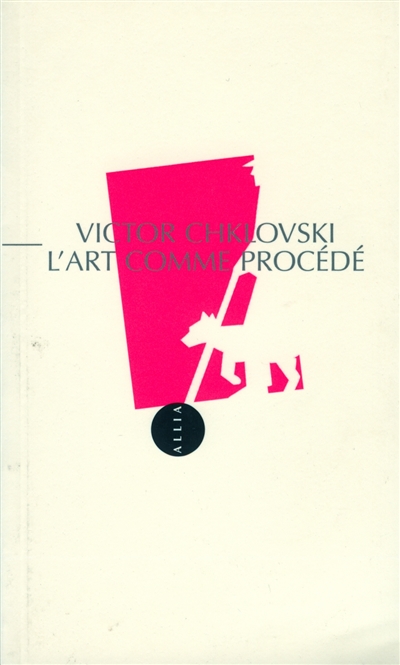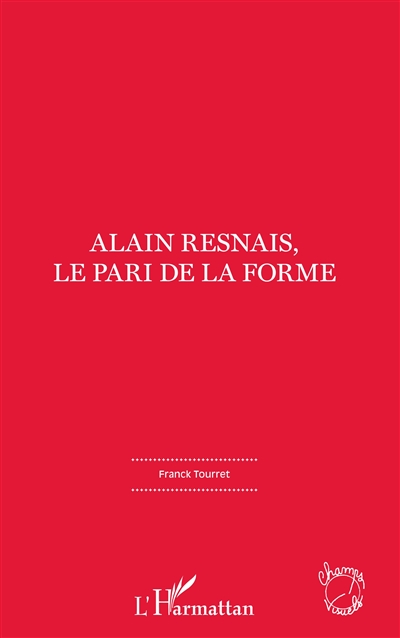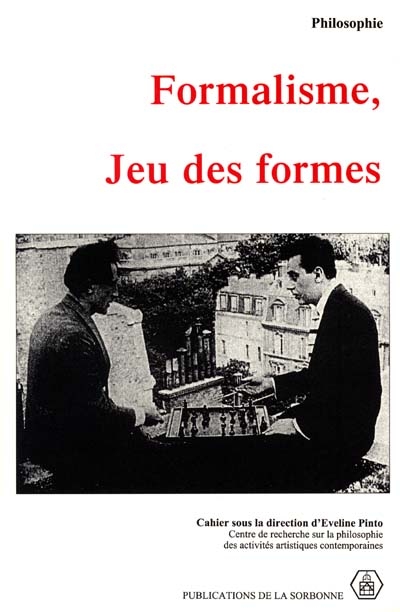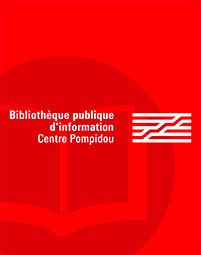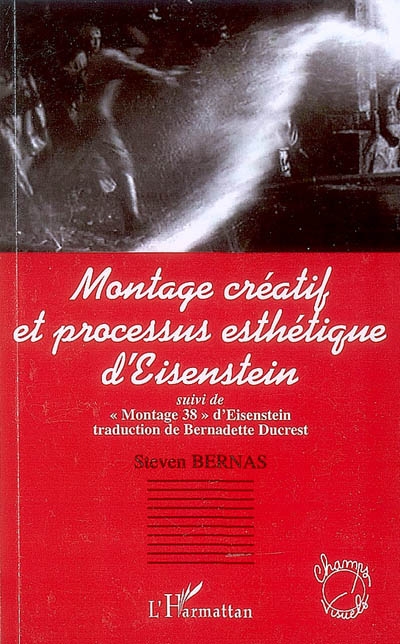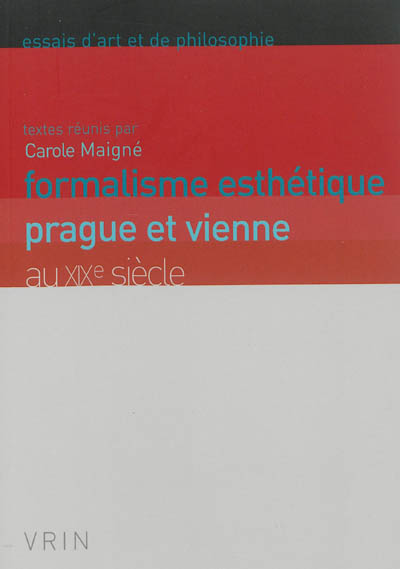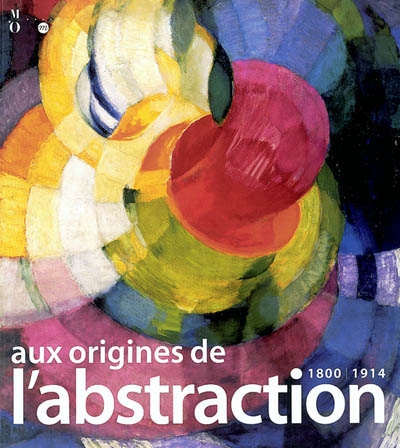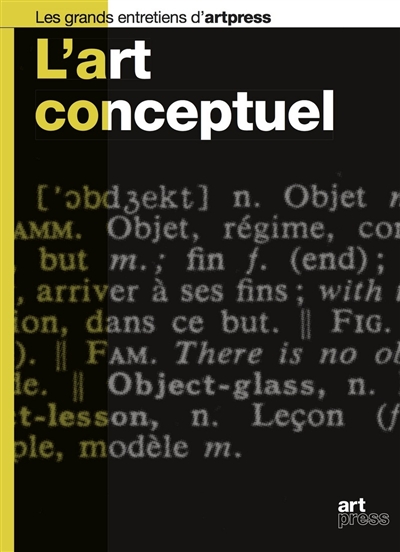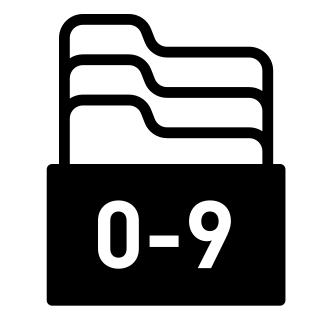par Šklovskij, Viktor Borisovič (1893-1984)
Éd. Allia
2008 -
-
Disponible - A partir du 25 août 2025 - 882 CHKL 4 IS
Résumé : L'auteur propose une définition de l'art à laquelle il associe les finalités du langage poétique : l'art est de la pensée au moyen d'images. S'opposant ainsi au mouvement symboliste qui considère l'art comme créateur de symboles, V. Chklovski distingue deux types de langages, le prosaïque et le poétique. Un texte fondateur du formalisme russe.

 Les bibliothèques de la ville de Paris
Les bibliothèques de la ville de Paris
 Les bibliothèques universitaires
Les bibliothèques universitaires
 La BnF
La BnF
 L'encyclopédie Wikipédia
L'encyclopédie Wikipédia
 L'Encyclopædia Universalis
L'Encyclopædia Universalis
 La bibliothèque du film
La bibliothèque du film
 La médiathèque de la Philharmonie de Paris
La médiathèque de la Philharmonie de Paris

